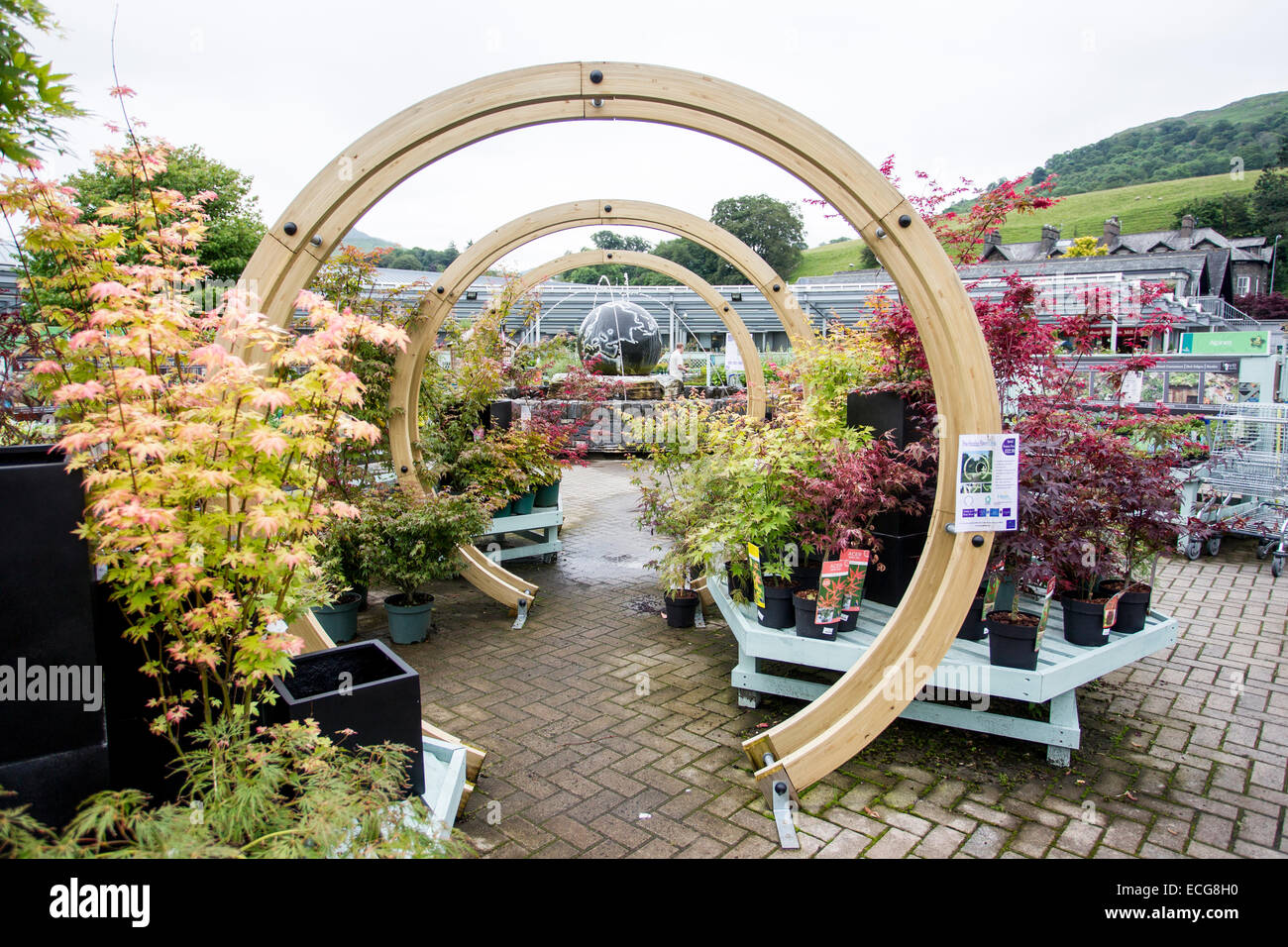Investing In Scotland's Future: Seagrass Restoration Bids

Table of Contents
The Importance of Seagrass Restoration in Scotland
Seagrass restoration in Scotland is paramount for maintaining the health of our coastal ecosystems and securing a sustainable future. These often-overlooked underwater meadows offer a remarkable array of ecosystem services, impacting both the environment and the economy.
-
Carbon Sequestration: Blue Carbon Powerhouse: Seagrasses are incredibly efficient at capturing and storing atmospheric carbon dioxide (CO2), acting as a significant "blue carbon" sink. Their ability to sequester carbon far surpasses that of terrestrial forests, making seagrass restoration a powerful tool in mitigating climate change. Protecting and restoring these meadows is crucial for achieving Scotland's net-zero targets.
-
Biodiversity Hotspot: Seagrass meadows are biodiversity hotspots, providing critical habitat and nursery grounds for a wide range of species. From commercially important fish like cod and plaice to invertebrates like shrimps and crabs, and numerous bird species relying on the ecosystem, the loss of seagrass has cascading effects throughout the food web. Restoration projects directly support the recovery of these populations.
-
Coastal Protection: Natural Barriers: Dense seagrass beds act as natural buffers, dissipating wave energy and reducing coastal erosion. This natural protection is particularly important in the face of rising sea levels and increasingly intense storms, shielding vulnerable coastal communities and infrastructure. Seagrass restoration enhances coastal resilience and mitigates the impacts of climate change.
-
Fisheries Support: A Foundation for Food Security: Many commercially important fish species depend on seagrass meadows for feeding and spawning grounds. Restoring these habitats directly contributes to the health and sustainability of Scotland's fisheries, supporting local economies and food security.
Securing Funding for Seagrass Restoration Projects: Navigating the Bid Process
Securing funding for seagrass restoration projects requires a strategic and well-prepared approach. Navigating the bid process can be challenging, but with careful planning and a compelling proposal, securing necessary financial support is achievable.
-
Identifying Funding Sources: Several organizations offer grants for environmental projects in Scotland. Key players include the Scottish Government, NatureScot (formerly Scottish Natural Heritage), various charitable trusts (e.g., the National Lottery Heritage Fund, The Esmée Fairbairn Foundation), and private foundations focused on environmental conservation. Researching these sources and understanding their specific priorities is vital.
-
Understanding Application Requirements: Successful bids typically require detailed information, including a comprehensive project description, a robust methodology, a clear budget, an environmental impact assessment, and a plan for community engagement. Thoroughly reviewing the application guidelines for each funding body is crucial.
-
Crafting a Compelling Bid: A successful bid needs to clearly communicate the project's importance, feasibility, and potential impact. Strong evidence-based arguments, a realistic timeline, and a clearly defined set of measurable outcomes are all essential components. Demonstrating community support and collaboration strengthens the application significantly.
-
Tips for Successful Bid Writing: Structure your bid logically, presenting information clearly and concisely. Highlight past successes and relevant experience, and demonstrate the project's long-term sustainability. Seek feedback from experts and refine your application before submission.
Case Studies of Successful Seagrass Restoration Bids in Scotland
Several successful seagrass restoration projects in Scotland provide valuable lessons and best practices. For example, [Insert example of a successful project, including details of funding source, methods used, and positive outcomes]. Analyzing these successes helps inform future initiatives and improve the likelihood of securing funding for new projects. Further research into successful projects can provide a wealth of information and inspiration.
The Future of Seagrass Restoration in Scotland and its Contribution to a Sustainable Future
The future of seagrass restoration in Scotland looks promising, but continued commitment and collaboration are vital. Expanding restoration efforts requires a multifaceted approach.
-
Government Policies: Supportive government policies are crucial for creating an enabling environment for large-scale seagrass restoration. Incentives, regulations, and dedicated funding streams can significantly accelerate progress.
-
Community Involvement: Engaging local communities in seagrass restoration projects enhances project success and ensures long-term sustainability. Citizen science initiatives and community-led monitoring programs play a critical role.
-
Technological Advancements: New technologies, such as drone surveys and advanced monitoring techniques, offer opportunities for more efficient and effective seagrass restoration and management.
-
Innovative Funding Mechanisms: Exploring innovative funding mechanisms, including carbon trading schemes and green bonds, could unlock significant resources for seagrass restoration and other blue carbon initiatives.
Conclusion
Seagrass restoration in Scotland is not merely an environmental concern; it's an investment in a sustainable future. These vital ecosystems provide a multitude of benefits, from carbon sequestration and biodiversity support to coastal protection and fisheries enhancement. Securing funding for seagrass restoration projects requires a well-prepared and compelling bid, leveraging the wealth of resources and support available. By understanding the process, highlighting the crucial benefits, and engaging with relevant organizations, we can contribute significantly to the restoration of these vital underwater meadows. Let's actively participate in seagrass restoration bids and projects, ensuring a healthier and more resilient Scotland for generations to come. Explore the funding opportunities available and join the movement to protect and restore Scotland’s invaluable seagrass meadows.

Featured Posts
-
 Max Verstappen Reveals Daughters Name Ahead Of Miami Grand Prix
May 04, 2025
Max Verstappen Reveals Daughters Name Ahead Of Miami Grand Prix
May 04, 2025 -
 Hayes Garden World Robbery Ambleside Couple Face Charges Over 300 Theft
May 04, 2025
Hayes Garden World Robbery Ambleside Couple Face Charges Over 300 Theft
May 04, 2025 -
 Ufc Des Moines Fight Night Predictions And Betting Odds
May 04, 2025
Ufc Des Moines Fight Night Predictions And Betting Odds
May 04, 2025 -
 Analyzing The Opening Odds Ufc 314 Volkanovski Vs Lopes Main Event
May 04, 2025
Analyzing The Opening Odds Ufc 314 Volkanovski Vs Lopes Main Event
May 04, 2025 -
 Alex Pereiras Path To A Heavyweight Bout Ufc 313 And The Jon Jones Factor
May 04, 2025
Alex Pereiras Path To A Heavyweight Bout Ufc 313 And The Jon Jones Factor
May 04, 2025
Latest Posts
-
 Kentucky Derby 2025 Pace Prediction Key Horses And Their Impact
May 05, 2025
Kentucky Derby 2025 Pace Prediction Key Horses And Their Impact
May 05, 2025 -
 The 2025 Kentucky Derby Pace Scenarios And Their Implications
May 05, 2025
The 2025 Kentucky Derby Pace Scenarios And Their Implications
May 05, 2025 -
 Examining The 2025 Kentucky Derby Anticipating The Winning Pace
May 05, 2025
Examining The 2025 Kentucky Derby Anticipating The Winning Pace
May 05, 2025 -
 Kentucky Derby 2025 Factors Influencing The Race Pace
May 05, 2025
Kentucky Derby 2025 Factors Influencing The Race Pace
May 05, 2025 -
 Colonial Downs Stones Big Announcement The Virginia Derby Is Coming
May 05, 2025
Colonial Downs Stones Big Announcement The Virginia Derby Is Coming
May 05, 2025
